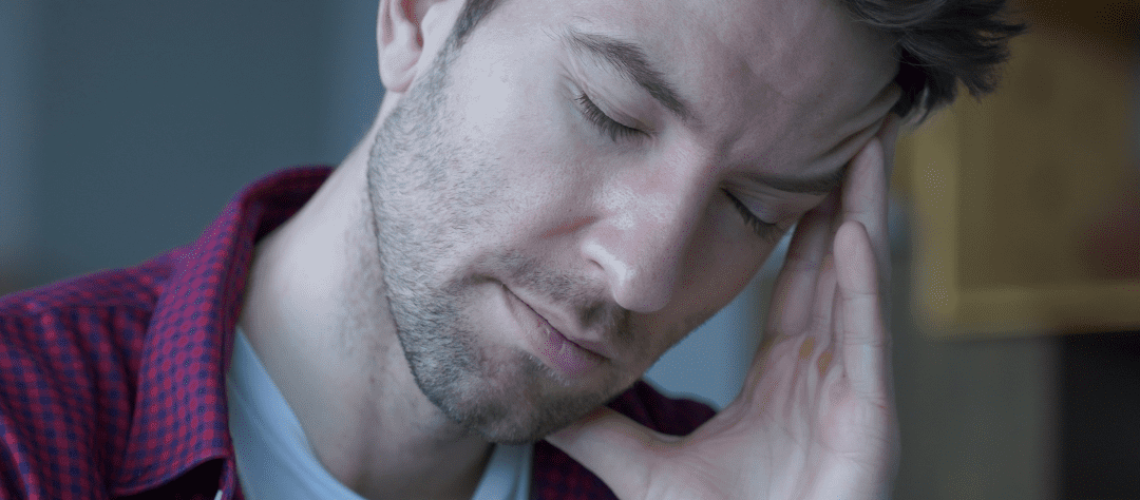Have you been dealing with pain that you can’t get to go away? You’re not alone! According to the Centers for Disease Control and Prevention, over 50 million people do. So what exactly is chronic pain and how can you get rid of it?
What is Chronic Pain?
Chronic pain is pain that occurs anywhere in the body that lasts for over 3 months. It can interfere with activities of daily living (ADLs) such as work, showering, putting on clothes, socializing with others and even caring for your children. Because of how debilitating it can be, it often leads to depression and anxiety. This is especially the case when there seems to be no obvious reason why it’s occurring.
Ridding Chronic Pain
There are several modalities that can rid or help you manage chronic pain. What helps, all depends on understanding the underlying causes. Sometimes, it’s ongoing pain from an injury that wasn’t rehabilitated properly. More often with chronic pain, there is a combination of issues that need to be addressed. When seeking treatment and relief, it’s really important that you consult with someone who will not just address the symptoms and someone who will actually take the time to see what the real issue is, and help you find solutions that work for you.
Myths About Treating Chronic Pain
When treating chronic pain, it’s likely that you will get care from a professional as well as do some things on your own at home to help get relief. Here are some common myths about diagnosing, preventing, and treating chronic pain:
Myth #1: A scan will give me a diagnosis.
False. Although an x-ray, CT, or MRI scan may occasionally be helpful, findings such as disc degeneration, arthritis, disc bulges, and fissures are common in the pain-free population and are not necessarily the reason for your pain.
It is particularly frustrating when you have these tests and are told “there’s nothing wrong with you.” There may not be any structural damage, and that’s where a thorough history and evaluation of strength, mobility, and other factors can tell more of the story.
Myth #2: I am causing damage if it hurts.
False. The level of pain experienced is often a poor measure of injury or tissue damage. Even if an activity is painful, it is not an accurate sign of doing harm. A trained chiropractor can help develop a program for you to move safely.
Myth #3: Bending and lifting will make my low back pain worse.
False. It may be painful to bend and lift with back pain, but developing the mobility and strength to bend and lift is important. Many types of exercise, including weight training, can bring great benefits.
Myth #4: I should stay in bed and rest.
False. Returning to movement and work is better for recovery and preventing recurrence than bed rest. Immobility and bed rest for more than two days have never shown to be beneficial.
Myth #5: Strong painkillers (opioids) will help manage my pain.
False. Solutions that focus on opioids for managing pain, at best, mask people’s physical problems and delay or impede recovery and, at worst, may prove to be dangerous and even deadly.
Even common over-the-counter medications can often do more harm than good. Regular use of these medications can cause gut, liver, and kidney damage that can contribute to chronic inflammation and pain. They can also interfere with soft tissue healing.
Myth #6: Surgery is my only chance at improvement with chronic low back pain.
False. Surgery and interventional procedures have a very limited role, if any, in the management of low back pain. Only about 1-5% of low back pain is caused by serious disease or injury.
Myth #7: My pain and limited function mean there’s nothing I can do.
False. People who catastrophize about the meaning of pain become trapped in a vicious cycle of avoidance behavior, pain, and disability. A chiropractor can help interpret pain and use adjustments and exercise to break the cycle and reduce pain.

